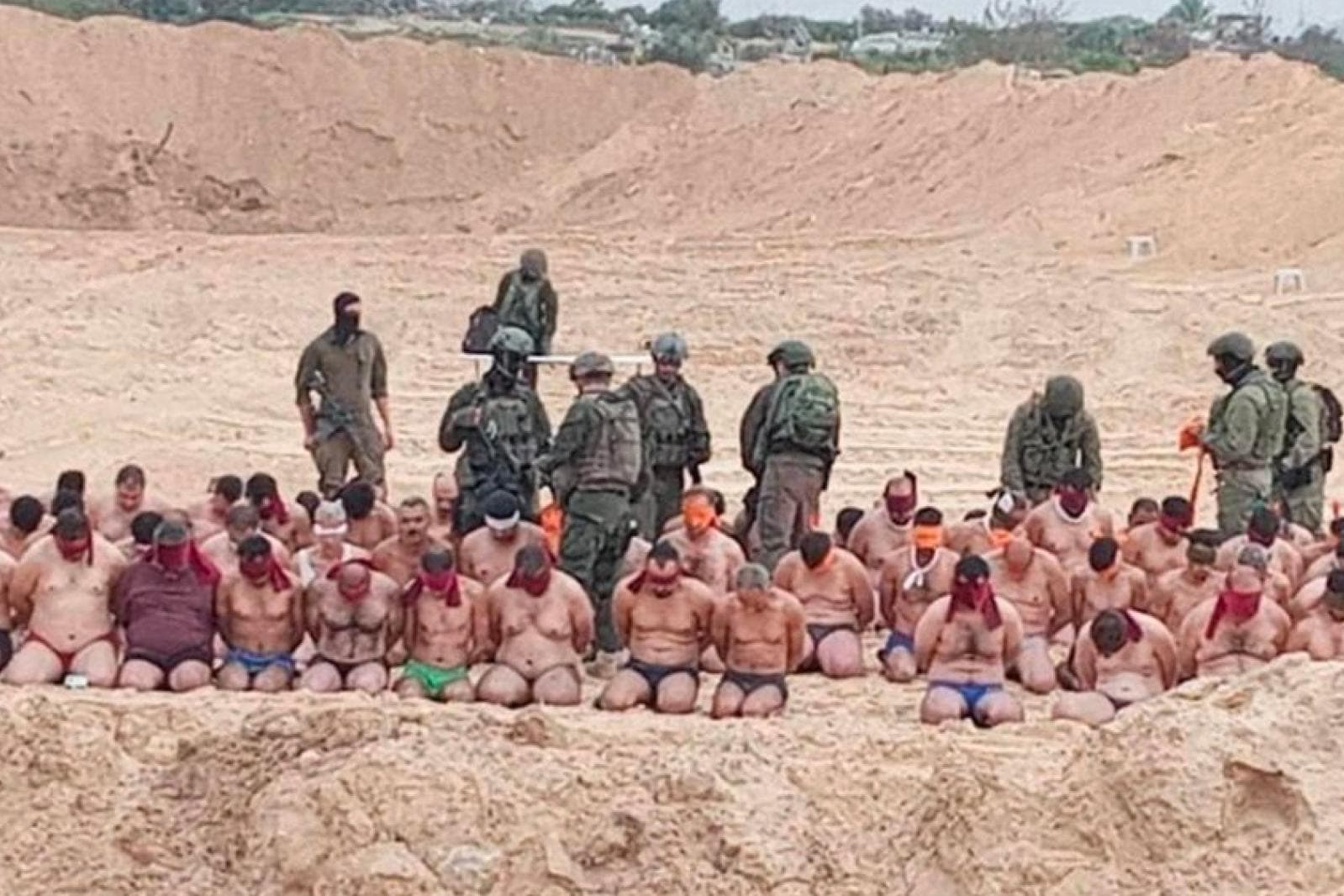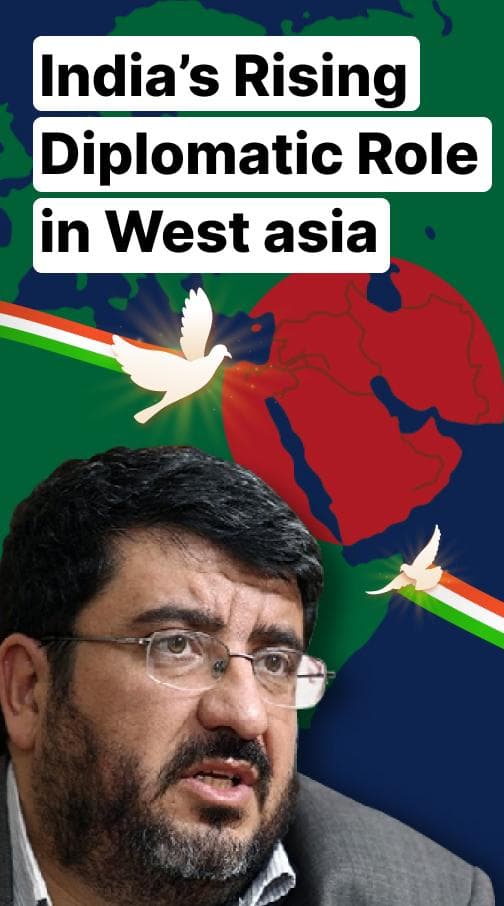Examining POW Treatment Protocols in Israel and Gaza...

In light of the increased interest and discussion surrounding the treatment of prisoners of war (POWs), the recent images involving the Israel Defense Forces (IDF) and Hamas militants in Gaza provide a context to examine the protocols as outlined by the Geneva Conventions. The Geneva Conventions define POWs to potentially include members of the armed forces, volunteer militias including resistance movements and non-state armed groups, and civilians who accompany the armed forces. When POWs surrender, as some reports suggest happened with Hamas militants emerging from tunnels, or when they are captured, immediate actions are taken. Typically, these actions involve a search of the prisoners. This is standard in many military operations worldwide; for instance, the U.S. military protocol includes steps to search, silence, segregate, speed (to the rear for processing), and safeguard. In conflict zones like Israel and Gaza, where combatants may carry weapons and explosives, including suicide vests, specific tactics are employed for safety. A known tactic of the IDF is to instruct the prisoners to remove their clothing down to their underwear from a distance. This measure is taken to ensure that the prisoners do not pose a threat to their captors or other prisoners with concealed weapons or explosives. Once the POWs are searched, they are quickly taken to secure areas for further processing. This processing often includes gathering intelligence and detainment procedures. Part of this process involves collecting individual information about the POWs. This information is crucial as it is typically submitted to the International Committee of the Red Cross (ICRC) as part of compliance with international humanitarian laws and protocols. These procedures reflect the adherence to and interpretation of the Geneva Conventions' guidelines on the treatment of prisoners of war, ensuring their safety and rights during captivity.


































